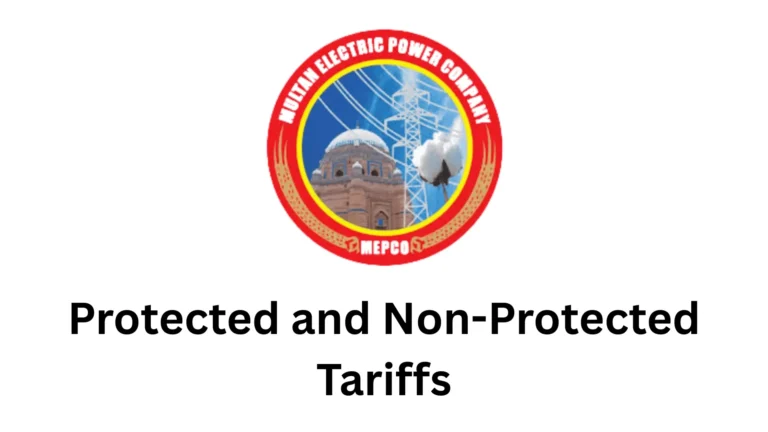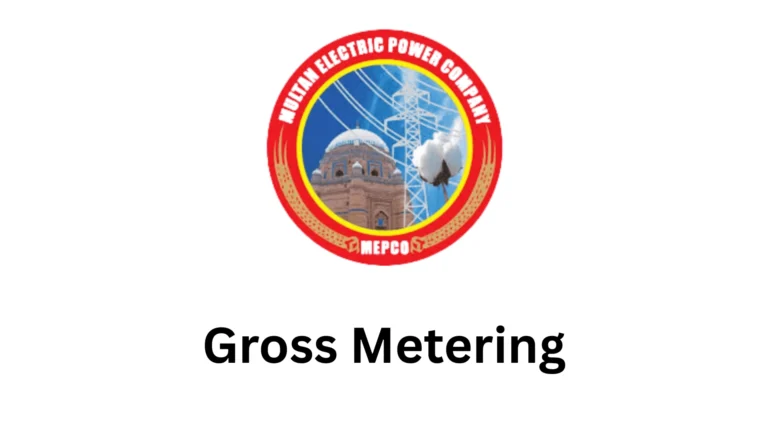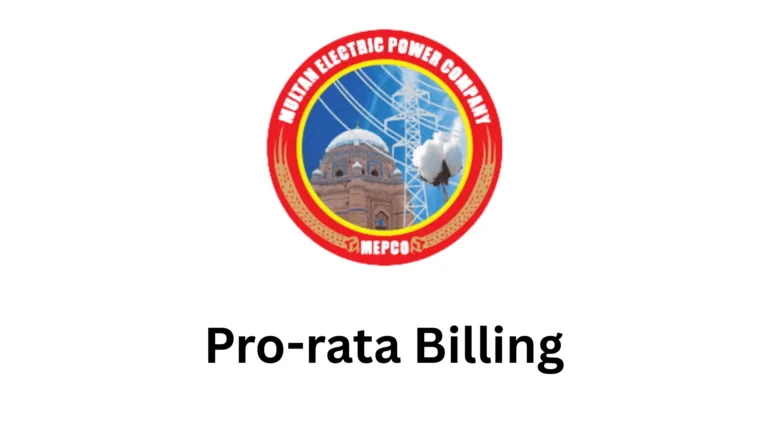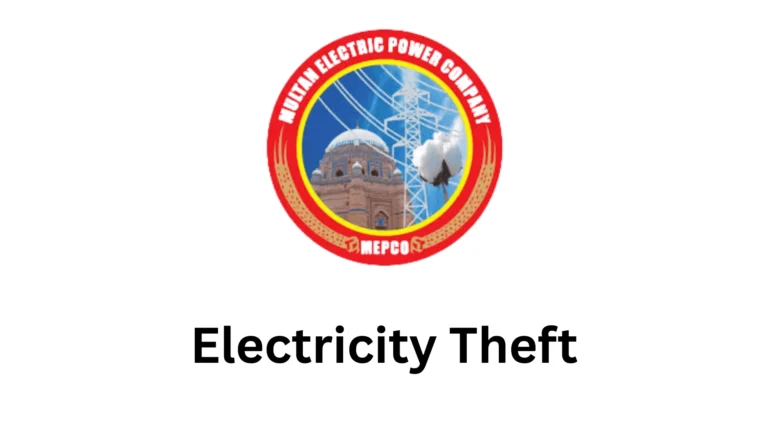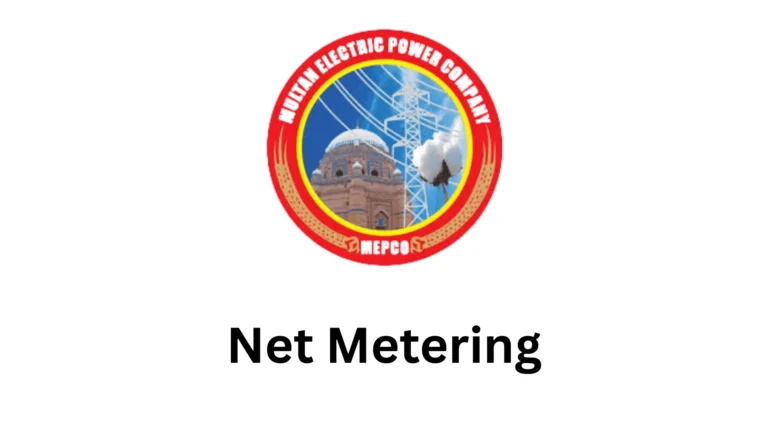New Fixed Charges on Electricity Bills in Pakistan Starting July 2024
As part of ongoing tariff reforms, the National Electric Power Regulatory Authority (NEPRA) in Pakistan introduced fixed monthly charges on electricity bills for various consumer categories.
These fixed charges are in addition to variable (per-unit) charges and represent a major shift in how electricity bills are calculated.
The aim is to better align revenues for the distribution companies (Discos) with their fixed costs, which reduce losses, and make tariffs more sustainable for them.
Effective date: July 1 (many sources say 2024) for most changes. As of mid-2025, these remain in effect and have been built into the power sector’s financial planning.
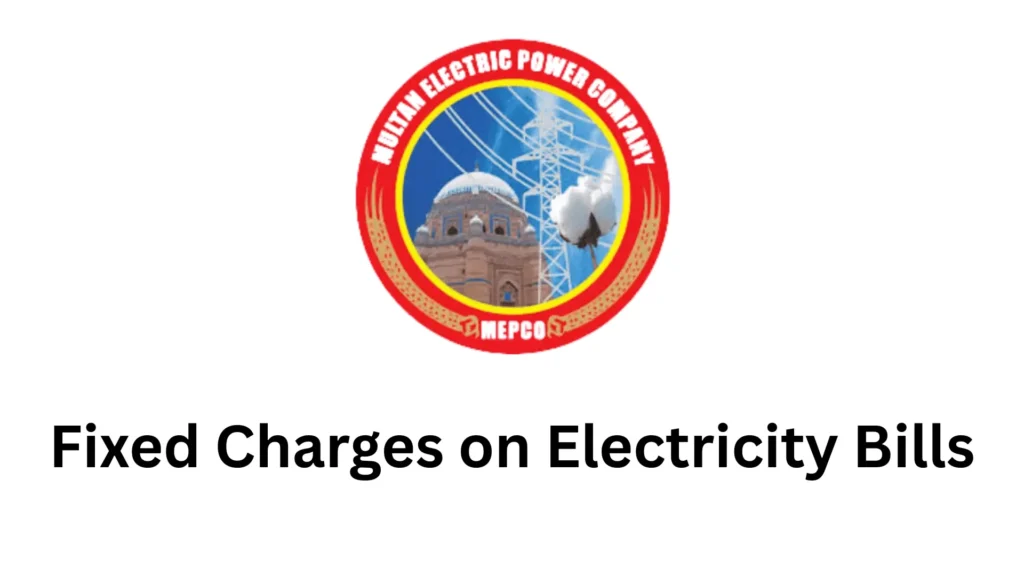
What Are Fixed Charges?
Fixed charges are a flat amount that consumers must pay every billing monthly cycle (in this case monthly) regardless of how many units of electricity they consume.
These are meant to cover part of the utility’s fixed costs and its infrastructure, maintenance, basic capacity, etc. Variable charges remain as you still pay per unit for electricity used on top of the fixed charge.
NEPRA has proposed monthly fixed charges which range from Rs200 to Rs1,000, depending on the monthly electricity consumption of a consumer.
The government will review and approve these charges, which are expected to help for managing the financial sustainability of electricity companies like MEPCO.
Why This Change Was Introduced
Revenue Shortfall
Discos traditionally collect most of their revenue via variable charges like per-unit consumption of the user, but fixed costs like for capacity, maintenance, infrastructure are largely independent of how many units are used.
Discounts or low consumption lead to financial problems.
Mismatch Between Cost Structure vs Revenue Structure
It was noted that about 72% of the cost to provide electricity is fixed cost, but only about 2% of revenue came from fixed charges before the reform.
Ensuring sustainability
Ensuring sustainability of the electricity sector, reducing circular debt, and allowing Discos to reliably cover operational and capital expenditures accordingly.
What Are the New Fixed Charges Domestic or Residential Consumers
Here is the table for residential/domestic consumers under the policy, effective from July 1:
|
Consumption Slab (units/month) |
Fixed Charge per Month (Rs) |
|
301 – 400 units |
RS200 |
|
401 – 500 units |
RS400 |
|
501 – 600 units |
RS600 |
|
601 – 700 units |
RS800 |
|
Above 700 units |
RS1000 |
What About Commercial & Industrial Consumers
The increases for commercial and industrial consumers are steeper, sometimes several‐hundred percent higher. Below are some of the new fixed charges and categories:
Commercial Users
- Load less than 5 kW fixed charge Rs 1,000/month
- Load 5 kW or more than Rs 2,000/month (up from Rs 500 previously) 300% increase
Industrial Users
- Category B1 (up to 25 kW, with ToU) Rs 1,000/month
- B2 (up to 500 kW) Rs 2,000/month
- B3 (up to 5,000 kW) Rs 2,000/month (from Rs 460) about 335% increase.
- B4 (all loads) Rs 2,000/month (from Rs 440) 355% increase.
How This Affects Your Bill
Putting it all together, here is how the fixed charge plays into your overall electricity bill:
- Monthly base fee: Regardless of units consumed beyond a threshold, you now pay a fixed amount per month.
- Per-unit (variable) charges still apply depending on usage. The fixed charge does not replace variable charges.
- For low consumers 300 units fixed charges may not apply or may be minimal and many of the fixed charge slabs start at 301 units or above for residential users.
- Time of Use (ToU) meters often have flat fixed charges at the highest rate (Rs 1,000), reflecting their ability to shift load and the costs associated with higher capacity and metering.
Pros and Cons
✅ Pros
- Helps ensure utilities have stable revenue, even when consumption increases.
- Encourages more efficient usage — high consumption leads not just to higher unit charges but also higher fixed charges.
- Improves transparency with better visibility of fixed vs usage costs, making tariff reforms more defensible.
❌ Cons
- For modest consumers, additional fixed charges increase bills significantly, even with conservation efforts.
- Households just above slab boundaries (e.g., 300–301 units) face multiple impacts: higher fixed charges and higher per-unit costs.
- Creates potential inequity — fixed charges can be more burdensome for lower-income households where a larger share of income goes to utilities.
Is There Any Change in July 2025 Specifically?
Most of the fixed charge policy was introduced from July 1, 2024. As of mid-2025:
- The fixed charges are still in effect.
- There have been additional developments like the abolition of electricity duty from July 1, 2025.
- Fuel Cost Adjustments continue, which can add or subtract from bills depending on fuel cost fluctuations.
Related Topics
FAQs
Conclusion
The introduction of fixed charges in Pakistan’s electricity billing from July 2024, marks a structural shift. Its goals are to ensure utilities’ financial stability, make tariff structures more transparent, and reduce revenue shortfalls.
But for consumers especially for those with moderate usage these fixed charges mean a guaranteed minimum cost of every month, above and beyond usage-based bills.
Electricity bills are now less elastic if saving units helps, but cannot avoid the fixed component.

